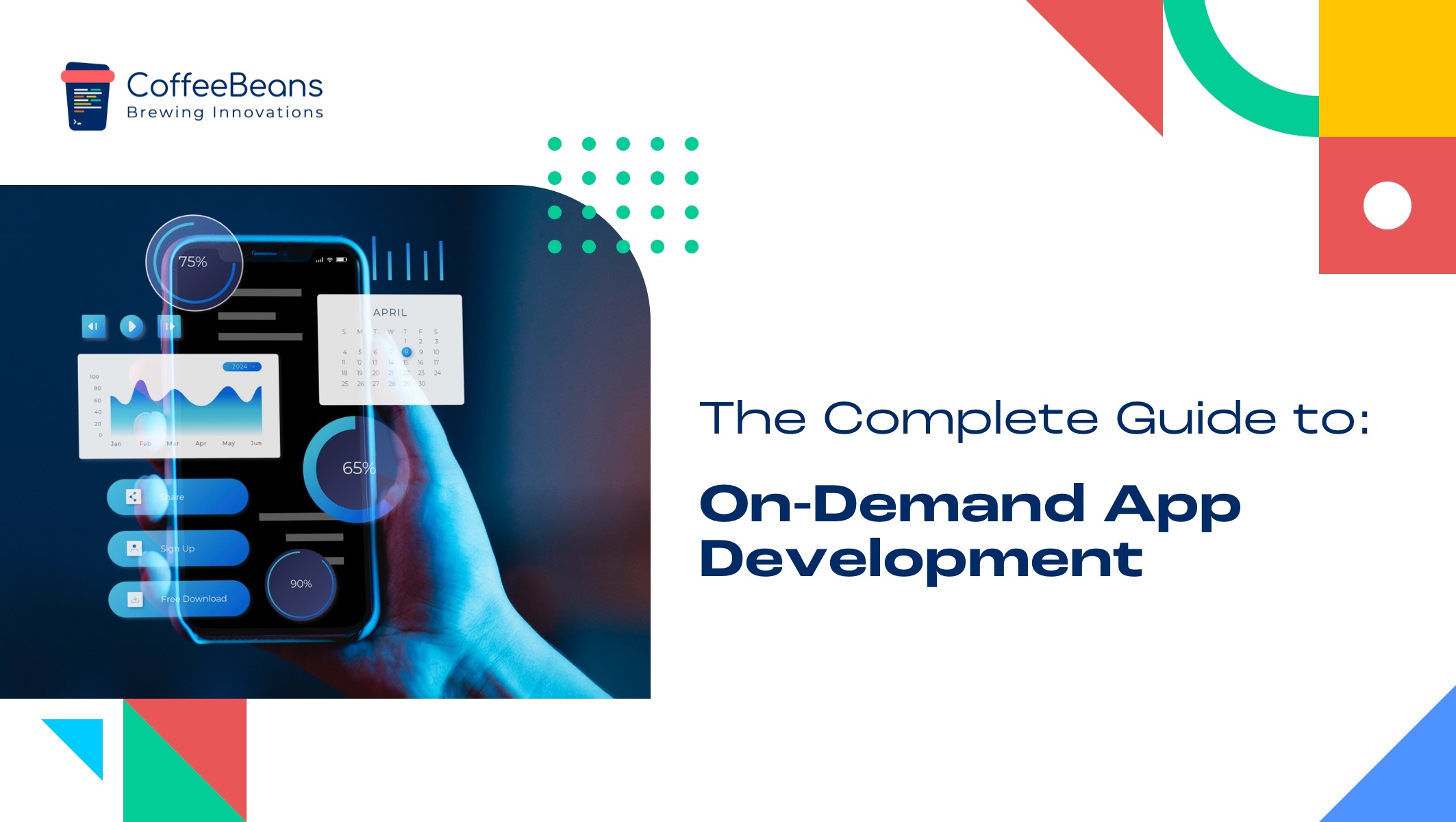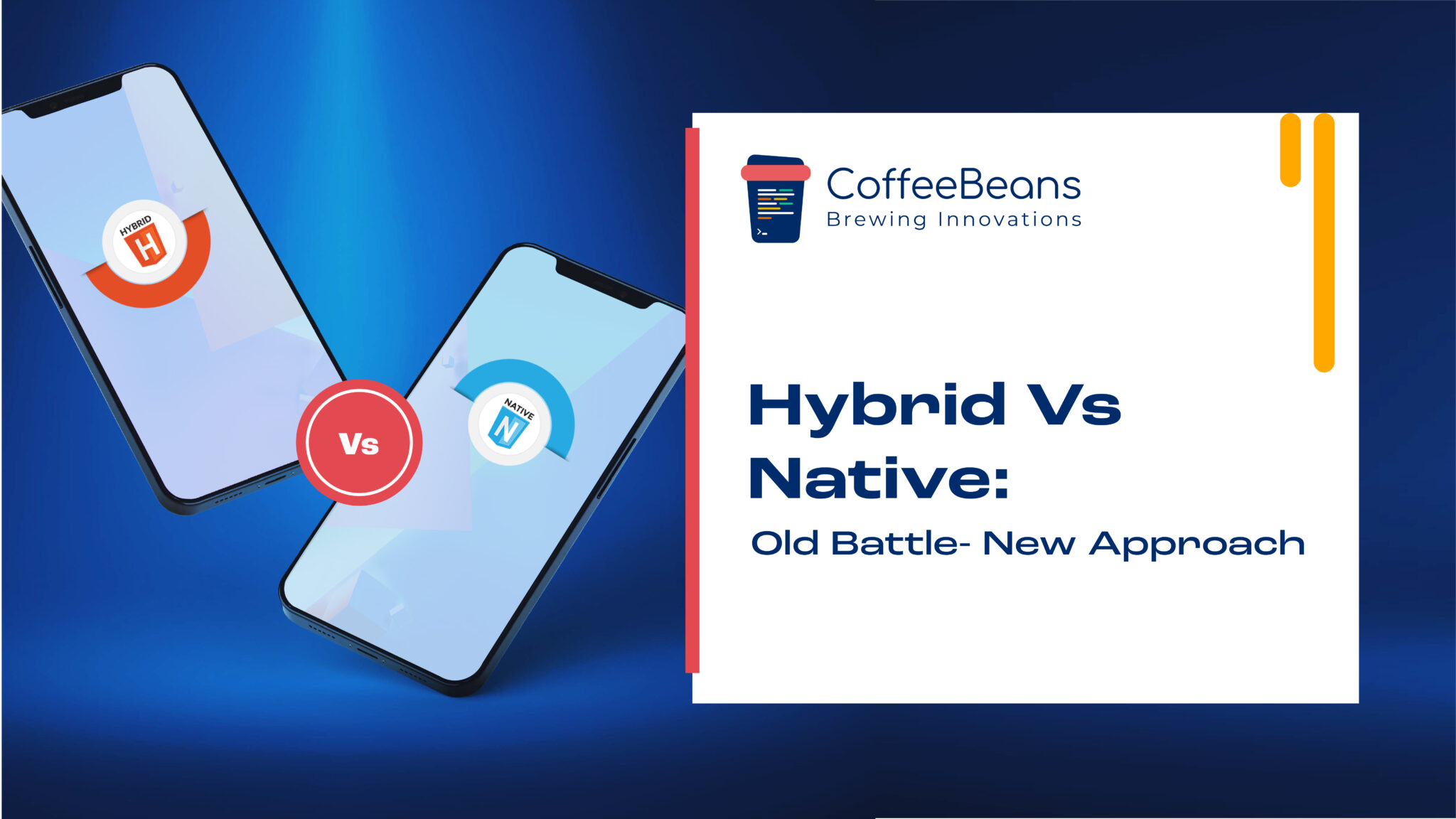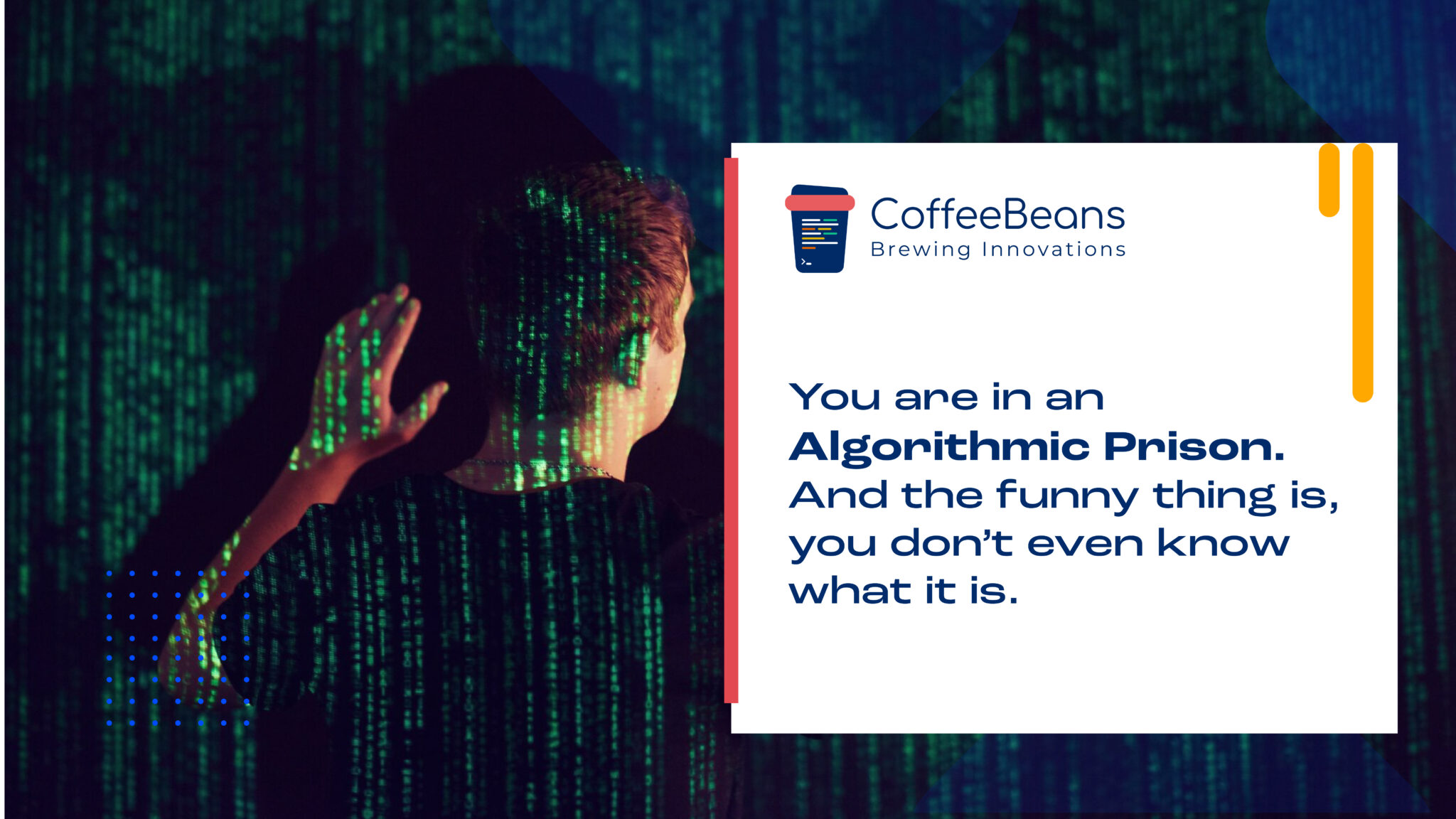The Complete Guide to On-Demand App Development

July 22, 2024
By 2025, the market for on-demand apps is projected to reach $335 billion. Today there is instance access to items and services on a worldwide scale. Examples include Uber for cab services, Uber Eats for food delivery, Amazon for groceries and Netflix for entertainment. Let us look at some more statistics. The revenue in the online food delivery space is estimated to touch $1.22 trillion this year. By 2026, the revenue of the video-on-demand sector is expected to reach $135,673 million. One just cannot imagine a world without on-demand apps. Contemporary customers have become used to the enhanced user experience as well as the ramped up level of service offered by on-demand apps. The number of on-demand apps is expected to grow by leaps and bounds in the future. Take note that on-demand application is a buzzword nowadays.

- Definition of On-demand Apps
These apps have the facility for users to order or book services online quickly and conveniently. You do not have to travel anywhere and you can make payment online if you wish. The beauty is you can place the order from the comfort of your residence and have goods delivered at your doorstep.
Recommended List of Steps to Develop an on-demand app
- Outline Customer Requirements
Define who your customers are. Find out their challenges as well as requirements.
- Go through Competitors Offering
Check whether similar solutions are already present in the market. Find out whether you can address an unmet need or improve on existing offerings.
- Identify a niche
Shortlist a specific industry. For example, food delivery, transport, groceries, gifts, entertainment, or others.
- List down Features and Functionality
Write down the different features and functionality you want your app to have.
- Shortlist a development firm
Options include developing the app yourself if you have the in-house expertise. A wise option is choosing a competent and experienced outsourcing firm with expertise in designing and developing on-demand apps.
- User Experience Design
Get UX experts to do this step. Check for user friendliness and smooth navigation.
- Create Front-end and Back-end
The Front-end shows how the app will look to users. The Back-end contains the database and server-logic.
- Develop a Minimum Viable Product (MVP)
Keeping in mind the target audience quickly develop a prototype of the app.
- Incorporate User Feedback
Present the prototype to users and obtain their feedback. Incorporate the latter into the prototype. Repeat until the product is perfect.
- Include Third-party Services
Payment gateways are necessary for users to seamlessly and securely make payments. There must be provision for live tracking so that the user can see where his/her order has reached.
- Rigorous Testing
Test whether all the included functions work. Also check for ease of use and security levels. The app should be able to handle stress such as a scenario where a high number of users are using the app simultaneously.
- Provide After-Delivery Support
Even after complete development and deployment there should be support offered. There may be performance issues, software bugs and system crashes. In case the number of users increases you should be able to seamlessly scale up the user servicing capability of the on-demand app.
Different Kinds of On Demand Apps
- Business to Customer (B2C)
Here users can order products or services directly from businesses. For example, ordering pizzas to be delivered home from Domino's.
- Business to Business (B2B)
The supplier and receiving entities are both enterprises. For example, automobile companies ordering spare parts.
- Customer to Customer (C2C)
In Amazon, sellers list down their offerings which users of the app order. The transaction is direct between the buyer and seller.
Important and Essential Features of On-Demand Apps
For your information there is a global surge in on-demand mobile application development. We take a look at the core features.
- Registration and Login
The registration facility should be quick and user friendly. Anyone should be able to sign up via social media credentials or telephone numbers. Once registered, the member should be able to login conveniently.
- In-app Communication
This is a useful and necessary feature. For example, on a ride hailing app the rider should be able to call or chat with the assigned driver.
- Payment Gateways
Different payment modes including debit/credit cards, Internet banking, digital wallets and others should be available. Also, the payment process should be quick, convenient as well as secure.
- Facility of Reviews and Ratings
Users should be able to give ratings and reviews concerning the service provider. This step will prove useful to other customers.
- Live Order Tracking
Real-time location as well as progress data is provided to the customers. They will know whether their respective order is on schedule or not.
- Convenient Push Notifications
These may concern new discounts, deals or product launches. The notifications may give customers real-time status related to their order or service.
- Search as well as Filter
Users should be able to easily and conveniently search for desired products and/or services.
Examples of On-Demand Apps
- Parking Apps
These help users to book parking spaces in advance. They can also get to know the currently available parking spaces.
- Laundry and dry-cleaning Apps
Laundry is picked up from the customer address and delivered after cleaning to the same address.
- Freelancing Apps
Freelancers get opportunities to work with individuals or organizations having freelancing work.
- Pet Care Apps
Pet care services such as pet grooming, pet boarding and dog walking are offered.
- Grocery Apps
Users can order groceries online and receive them at their place of residence. They have the option of payment by cash on delivery too.
- Home Services Apps
Users can communicate with professionals such as electricians, plumbers, pest control providers and others. All services are available on a single platform.
- Beauty and wellness apps
Users can get beauty treatments, massages, and haircuts at home instead of visiting a parlor or salon. Time as well as traveling expenses are saved. Also, these kinds of services offer convenience and a wide range of options.
- Healthcare Apps
Users can order medicines online. They can have virtual consultations with doctors. Lab tests can be conducted at home. No need to travel to the pathology lab.
- Ride-hailing apps
Passengers can avail of drivers for their transportation needs. Some apps offer carpooling also.
- Food delivery apps
Customers can browse through menus of many restaurants and place orders which will be delivered to their respective addresses.
- Packers and Movers App
The service providers will come home and provide the services. Customers just need to pay while the service provider takes care of everything.
- Gifts App
For special occasions you can have flowers, gifts or cakes sent across to friends or family.
Advantages of On Demand Apps for your Enterprise
Nothing less than an expert in on-demand mobile app development will suffice. We take a look at the top advantages below.
- Additional Revenue Streams
You can offer subscription models for your services. The latter may have more features or discounted rates. This will keep customers locked in for a longer period. Through on-demand apps you can gather customer data which can be harnessed for effective marketing campaigns.
- Enhanced Communication
Usually on-demand apps have facilities for in-app chat or calls. Users can raise queries, give specific instructions as well as obtain real-time feedback.
- Market Advantage
By having an on-demand app you can offer faster, better, and more convenient services to your customers compared to your existing competitors. Today's customers expect and appreciate doing business via the facility of on-demand apps. Your business image will be of a modern enterprise leveraging cutting-edge business practices.
- Increased Customer Trust
On-demand apps let customers track their respective orders in real time. The transparency and convenience offered ramps up customer trust in your brand. They need not worry about where their product is or have apprehensions about delayed delivery.
- Global Reach
Now local players can compete with global entities. Customers are not restricted to those who visit your physical store. Your audience is extended to users preferring online platforms as well as those residing in remote locations.
- Enhanced Performance
On-demand apps do away with middlemen. Customers are connected directly with sellers. This step minimizes delays, gets rid of miscommunication as well as promotes efficiency. Time, money, and effort is saved driving up business reputation, revenues as well as profits.
- Improved Customer Experience
On-demand apps have superior user interface as well as user experience. The navigation is intuitive and the payment smooth as well as secure. This takes the shopping experience to a new high attracting new customers and retaining the existing ones.
Why CoffeeBeans?
On-demand apps are the face of your business. You cannot afford to take any chances in selecting a partner for developing an on-demand app for your business. CoffeeBeans is an experienced, trustworthy, and quality company in the field of developing stellar mobile apps. As we are based in India, we offer top notch quality at economical rates. CoffeeBeans has a significant pool of technology experts as well as professionals with diverse domain expertise. We leverage a robust and mature outsourcing model to meet as well as exceed customer expectations. Our clients can testify to our transparency, real-time communication, and stellar support as well as maintenance services. Our experts will brainstorm with you to identify all your requirements, the best tech stack and estimate the required budget and timeframe. Rest assured you will get the on-demand app within the budget as well as stipulated time frame. Note that on-demand apps development is here to stay and thrive in the future.

